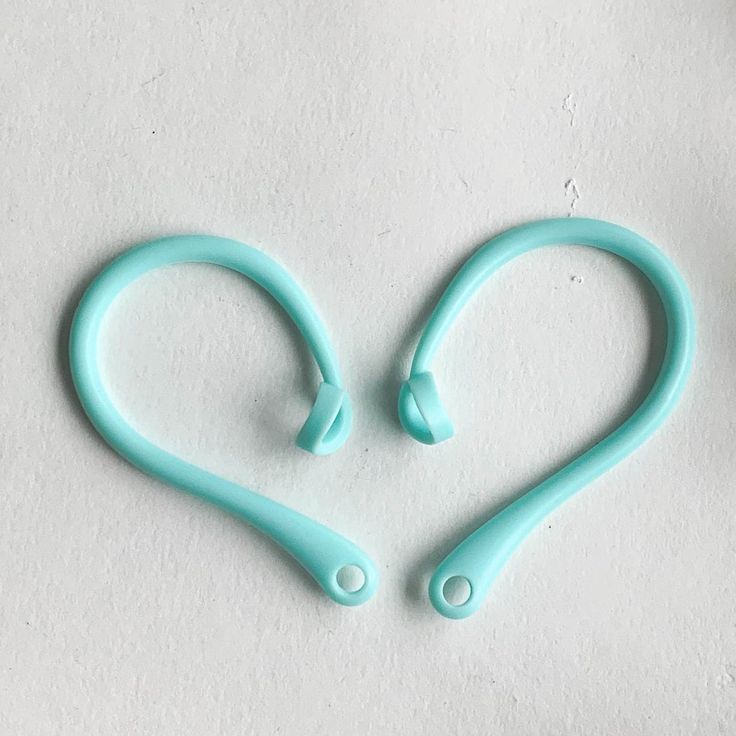What type of headphones is the best? The world of headphones can be a confusing place. With so many different types on the market, it can be hard to know which ones are right for you. In this article, we’ll take a look at some of the most popular types of headphones and discuss their pros and cons.
Over-Ear Headphones
Over-ear headphones are a classic type of headphone that sit on your ears. They typically offer good sound quality and noise isolation.
Pros:
- Good sound quality: Over-ear headphones typically have larger drivers than other types of headphones, which can result in better sound quality.
- Noise isolation: Over-ear headphones can create a seal around your ears, which can help to block out ambient noise.
- Comfort: Over-ear headphones can be comfortable to wear for long periods of time, especially if they have well-padded ear cups.
Cons:
- Bulky: Over-ear headphones can be bulky and difficult to carry around.
- Hot: Over-ear headphones can trap heat around your ears, which can be uncomfortable in hot weather.
- Leaky: Over-ear headphones may not completely block out sound, so some sound may leak in or out.
On-Ear Headphones
On-ear headphones sit on top of your ears, rather than around them. They are typically smaller and more portable than over-ear headphones.
Pros:
- Portable: On-ear headphones are small and lightweight, making them easy to carry around.
- Affordable: On-ear headphones are typically less expensive than over-ear headphones.
- Stylish: On-ear headphones can be a stylish accessory.
Cons:
- Sound quality: On-ear headphones may not offer the same level of sound quality as over-ear headphones.
- Noise isolation: On-ear headphones may not provide as much noise isolation as over-ear headphones.
- Comfort: On-ear headphones can be uncomfortable to wear for long periods of time, especially if they don’t have well-padded ear cups.
In-Ear Headphones (Earbuds)
In-ear headphones, also known as earbuds, are small headphones that insert into your ear canal. They are the most portable type of headphone.
Pros:
- Portable: In-ear headphones are very small and lightweight, making them easy to carry around.
- Affordable: In-ear headphones are typically the most affordable type of headphone.
- Convenient: In-ear headphones are convenient to use, as they can be easily put in and taken out of your ears.
Cons:
- Sound quality: In-ear headphones may not offer the same level of sound quality as over-ear headphones.
- Noise isolation: In-ear headphones may not provide as much noise isolation as over-ear headphones. Some in-ear headphones use active noise cancellation technology to address this issue.
- Fit: In-ear headphones may not fit all ears comfortably.
Wireless Headphones
Wireless headphones connect to your device using Bluetooth or another wireless technology. They offer more freedom of movement than wired headphones.
Pros:
- Freedom of movement: Wireless headphones allow you to move around freely without being tethered to your device by a wire.
- Convenience: Wireless headphones are convenient to use, as you don’t have to worry about getting tangled in a wire.
Cons:
- Battery life: Wireless headphones need to be charged regularly.
- Sound quality: Wireless headphones may not offer the same level of sound quality as wired headphones, especially if they use a lower-quality Bluetooth codec.
- Connection issues: Wireless headphones can sometimes experience connection issues, such as dropped calls or audio stuttering.
Noise-Canceling Headphones
Noise-canceling headphones use technology to block out ambient noise. They are a good option for people who want to listen to their music or audiobooks in peace.
Pros:
- Noise cancellation: Noise-canceling headphones can effectively block out ambient noise.
- Focus: Noise-canceling headphones can help you to focus on your work or studies by blocking out distractions.
- Relaxation: Noise-canceling headphones can help you to relax by blocking out unwanted noise.

Choosing the Right Headphones: Consider Your Needs
There’s no single “best” type of headphone – the ideal choice depends on your priorities. Do you prioritize portability and ease of use? Crystal-clear audio quality? Powerful noise cancellation? Let’s explore these factors to help you narrow down your options.
Prioritizing Portability and Convenience
- In-ear headphones (earbuds) are the clear winner for portability. They’re tiny and lightweight, slipping easily into a pocket or bag. If you’re constantly on the go, earbuds offer a convenient listening solution.
- Over-ear headphones generally reign supreme for sound quality. Their larger drivers can produce richer, more detailed audio. If you’re an audiophile or someone who appreciates immersive listening experiences, over-ear headphones are a great choice.
- Noise-canceling headphones come in both over-ear and in-ear varieties. They use technology to block out external sounds, allowing you to focus on your music or audiobook in peace. This is ideal for airplane travel, noisy commutes, or crowded environments.
Additional Factors to Consider
Here are some other features to think about when choosing headphones:
- Wired vs. Wireless: Wired headphones offer a reliable connection and never run out of battery, but wireless headphones provide more freedom of movement.
- Comfort: If you plan on wearing your headphones for long stretches, consider comfort factors like ear cup padding and overall weight.
- Budget: Headphones range in price from budget-friendly to high-end. Determine how much you’re comfortable spending to guide your selection.
Trying Before You Buy
Whenever possible, try on headphones before you purchase them. This will give you a sense of their fit, comfort, and sound quality. Some electronics stores have headphone displays where you can test different models.
Special Features
The headphone world offers various features to enhance your listening experience:
- Ambient mode: Allows you to hear external sounds without removing the headphones, ideal for safety awareness during outdoor activities.
- Touch controls: Control music playback, volume, and calls with a tap or swipe on the headphone surface.
- Voice assistant compatibility: Access your virtual assistant through voice commands for hands-free control.
Remember: There’s no single “best” type of headphone. The ideal match hinges on your individual preferences and listening habits. By considering these factors, you’ll be well-equipped to find your perfect audio companion!
Conclusion
With so many great headphone options available, there’s sure to be a perfect pair for you. By considering your priorities and needs, you can make an informed decision that will bring you hours of listening enjoyment.














